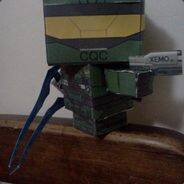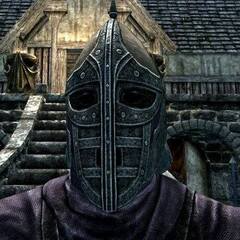How to kill Studio Speakers
Not sure why your brother decided to instill that unnecessary worry of damaging monitors. They aren't that fragile, and it goes without saying you'd have to be REALLY abusing them to cause any sort of damage.
Starting your monitors at a volume of zero only really makes sense if you're scared because they're still cranked from their last session. Even so, if they didn't have any issues pumping out that SPL before, they won't now either unless your source material is distorted or missing a limiter. Playing anything over -0.00 dB will cause clipping.
Turning monitors on/off doesn't do anything. The drivers will go from sitting there with no power, to sitting there with power. They won't even use any of the power they're being supplied unless the source calls for it. It's also perfectly acceptable to turn them off when they're not in use, even if that's a couple times per session. The power switch is more likely to wear out than you are to kill anything.
For ex. if your monitors are rated at 25 Watts RMS, that's a peak power draw measured under load. It won't be using that power at idle, so you don't have to worry about a sudden surge of power killing them either. Even if there's a literal power surge that's more likely to kill the internal amplifier than the drivers themselves.







.thumb.jpg.ab6821c090888206ddcf98bb04736c47.jpg)









Create an account or sign in to comment
You need to be a member in order to leave a comment
Create an account
Sign up for a new account in our community. It's easy!
Register a new accountSign in
Already have an account? Sign in here.
Sign In Now